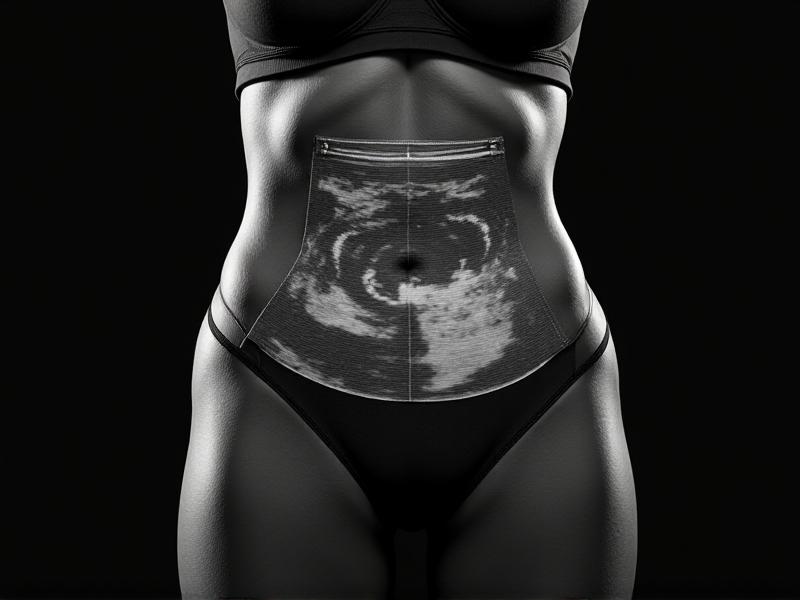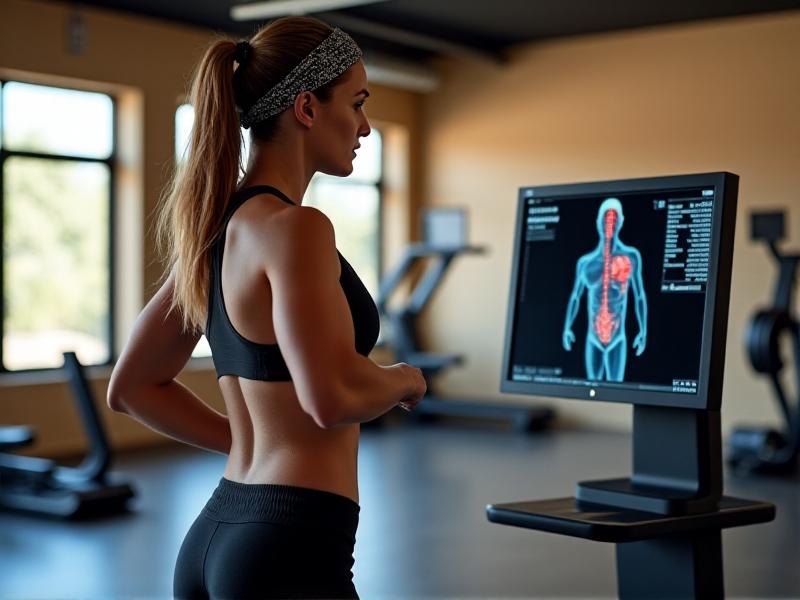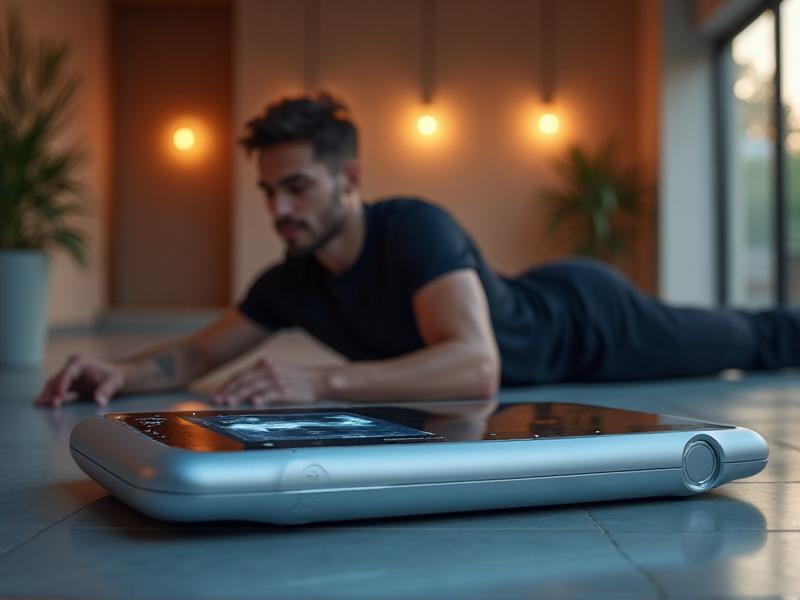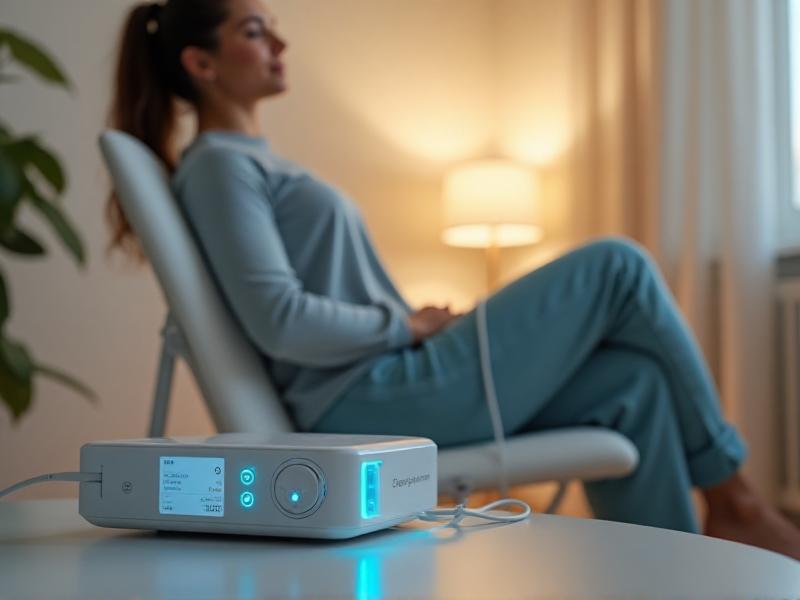Real-Time Ultrasound-Guided Core Activation
Introduction to Real-Time Ultrasound-Guided Core Activation
Real-time ultrasound-guided core activation is a cutting-edge technique that combines imaging technology with targeted muscle engagement to optimize core strength and stability. This method is particularly valuable in rehabilitation, sports performance, and fitness training, as it provides immediate visual feedback on muscle activation patterns. By using ultrasound technology, practitioners can ensure that specific core muscles are being engaged correctly, reducing the risk of injury and enhancing the effectiveness of exercises. This article delves into the science, applications, and benefits of this innovative approach, offering insights for both professionals and enthusiasts.
The Science Behind Ultrasound-Guided Core Activation
At its core, ultrasound-guided activation leverages the principles of sonography to visualize deep muscle layers in real-time. Unlike traditional methods that rely on external cues or palpation, ultrasound provides a direct view of muscle contraction and relaxation. This is particularly useful for the core muscles, which include the transverse abdominis, internal and external obliques, and the rectus abdominis. These muscles play a critical role in stabilizing the spine and pelvis, but they are often underutilized or improperly activated during exercise. Ultrasound imaging allows for precise monitoring, ensuring that each muscle is engaged optimally. Research has shown that this technique can significantly improve motor control and muscle recruitment patterns, leading to better functional outcomes.

Applications in Rehabilitation
In rehabilitation settings, real-time ultrasound-guided core activation is a game-changer. Patients recovering from injuries or surgeries often struggle with regaining core strength due to pain or neuromuscular inhibition. Ultrasound-guided exercises provide a safe and effective way to retrain these muscles without overloading the body. For example, post-surgical patients can use this method to ensure proper activation of the transverse abdominis, which is crucial for spinal stability. Similarly, individuals with chronic low back pain can benefit from targeted core exercises that are guided by ultrasound, reducing the risk of compensatory movements that could exacerbate their condition. This approach not only accelerates recovery but also empowers patients to take an active role in their rehabilitation process.
Enhancing Sports Performance
Athletes across various disciplines can leverage ultrasound-guided core activation to gain a competitive edge. Core strength is foundational for power, balance, and endurance, but many athletes unknowingly rely on superficial muscles rather than the deeper stabilizing ones. Ultrasound-guided training helps athletes isolate and strengthen these deep core muscles, leading to improved performance and reduced injury risk. For instance, runners can use this technique to enhance pelvic stability, while weightlifters can ensure proper core engagement during heavy lifts. The real-time feedback provided by ultrasound allows for immediate adjustments, making training sessions more efficient and effective. Additionally, this method can be integrated into pre-season conditioning programs to build a solid foundation for peak performance.

Benefits for Fitness Enthusiasts
For fitness enthusiasts, real-time ultrasound-guided core activation offers a unique way to enhance workouts and achieve fitness goals. Many individuals struggle with core exercises like planks or crunches, often due to improper form or muscle disengagement. Ultrasound guidance provides immediate visual feedback, helping users correct their technique and maximize the effectiveness of each movement. This is particularly beneficial for those looking to improve their posture, reduce belly fat, or build a stronger core. Moreover, the ability to see muscle activation in real-time can be highly motivating, as it provides tangible evidence of progress. Whether you’re a beginner or an experienced gym-goer, this technique can take your core training to the next level.
Challenges and Limitations
While real-time ultrasound-guided core activation offers numerous benefits, it is not without challenges. One of the primary limitations is the need for specialized equipment and trained professionals, which can make this technique inaccessible for some individuals. Additionally, the cost of ultrasound machines and the time required for training sessions may be prohibitive for certain populations. There is also a learning curve associated with interpreting ultrasound images, which requires expertise and experience. Despite these challenges, ongoing advancements in technology and increased awareness of the technique’s benefits are making it more accessible. As the field continues to evolve, it is likely that these barriers will be addressed, paving the way for wider adoption.
Future Directions in Ultrasound-Guided Training
The future of real-time ultrasound-guided core activation is promising, with potential applications extending beyond rehabilitation and sports performance. Emerging technologies, such as portable ultrasound devices and AI-powered image analysis, are poised to revolutionize the field. These innovations could make the technique more accessible and affordable, enabling individuals to use it in home-based or remote settings. Additionally, integrating ultrasound-guided training with virtual reality or augmented reality could create immersive and interactive experiences, further enhancing engagement and effectiveness. As research continues to uncover new insights into muscle activation and motor control, the possibilities for this technique are virtually limitless. By staying at the forefront of these developments, practitioners and enthusiasts can continue to unlock the full potential of the human body.

Practical Tips for Incorporating Ultrasound-Guided Core Activation
For those interested in incorporating real-time ultrasound-guided core activation into their routine, there are several practical tips to consider. First, seek out a qualified professional who is trained in this technique to ensure proper guidance and safety. Start with simple exercises and gradually progress to more complex movements as your core strength improves. Pay attention to the feedback provided by the ultrasound images, and use it to refine your technique. Consistency is key, so aim to incorporate core activation exercises into your routine regularly. Finally, remember that this technique is just one tool in a broader fitness or rehabilitation program—combine it with other strategies for optimal results. By following these tips, you can make the most of this innovative approach and achieve your core-related goals.







